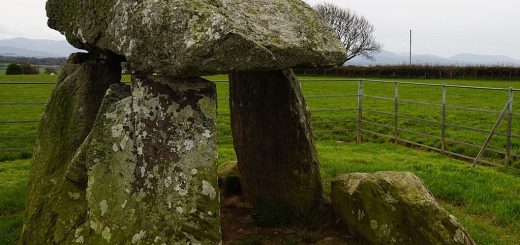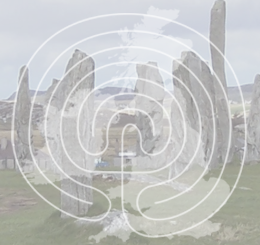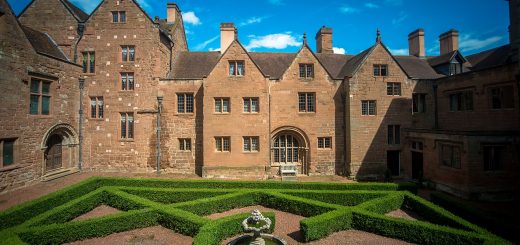Gosforth Chapel
This must have been an important place of worship to the Norse invaders, and to later generations judging by the wealth of important early Christian relics here. The actual church has been renovated several times and much of the older structure has been destroyed. There is some evidence of a church here as far back as the 9th century, and there may have been something here even earlier judging by the sites importance.
 The chapel is most famous for the tall slender Viking cross which stands in the churchyard. There were originally two early Viking crosses on this site, the other having been broken up and turned into a sundial in the 1700’s. The remaining cross is around 14 feet high and depicts a mixture of Norse and Christian imagery. The lower rounded part of the cross is thought to represent Yggdrasil, the sacred Ash tree that thrust between the tiers of the Norse Universe. It has been suggested that the cross depicts the saga of Volispa, concerning Christianity’s defeat of paganism, and is thought to date from around 900 – 940AD.
The chapel is most famous for the tall slender Viking cross which stands in the churchyard. There were originally two early Viking crosses on this site, the other having been broken up and turned into a sundial in the 1700’s. The remaining cross is around 14 feet high and depicts a mixture of Norse and Christian imagery. The lower rounded part of the cross is thought to represent Yggdrasil, the sacred Ash tree that thrust between the tiers of the Norse Universe. It has been suggested that the cross depicts the saga of Volispa, concerning Christianity’s defeat of paganism, and is thought to date from around 900 – 940AD.
Grave covers from th eporch of Gosforth Church.The two Hogback stones within the church are known as the Saint’s Stone and the Warrior’s Stone. One thought to be the grave of a Viking warrior and the other that of an early Saint.

 The grave covers that are now situated upright in the church porch are thought to date from the 13th and 14th century, the depiction of a sword suggesting they are knights graves.
The grave covers that are now situated upright in the church porch are thought to date from the 13th and 14th century, the depiction of a sword suggesting they are knights graves.




Recent Comments